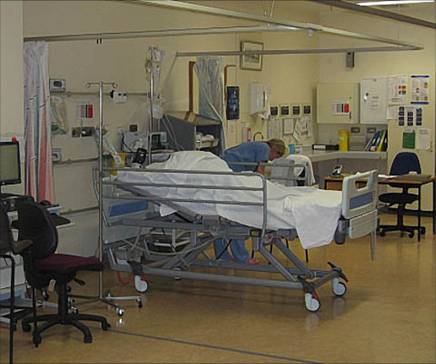Imagine overhearing this conversation between two recovery nurses:
Nurse A: “I am looking after Dr C’s patient now. I like it when I receive her patients. She tells me everything I need to know to be able to look after the patient.”
Nurse B: “Lucky you, I have Dr D’s. He just brings the patients through and then walks off without saying anything. I have to comb through his illegible writing on the anaesthetic charts to see what has happened intra-operatively. Just the other day, I had a critical incident because Dr D hadn’t told me that he’d left a throat pack in with the laryngeal mask airway.”
Nurse A: “What happened to the patient?”
Nurse B: “I took the LMA out when the patient woke up but he was struggling to breathe. Dr D had gone by then and I couldn’t get hold of him. I urgently got another anaesthetist and he sorted it out quickly. It was really scary.”
Click here for further information.

The Association of Anaesthetists of Great Britain
and Ireland guidelines state that:
“…the anaesthetist
must formally hand over care of a patient to a recovery room nurse or
other appropriately trained member of staff”.
Although
in the UK there is no specific handover protocol, a structured approach
is important in order to include all the necessary details required to
maximize patient care.
This session will describe the
framework for an efficient and safe handover.